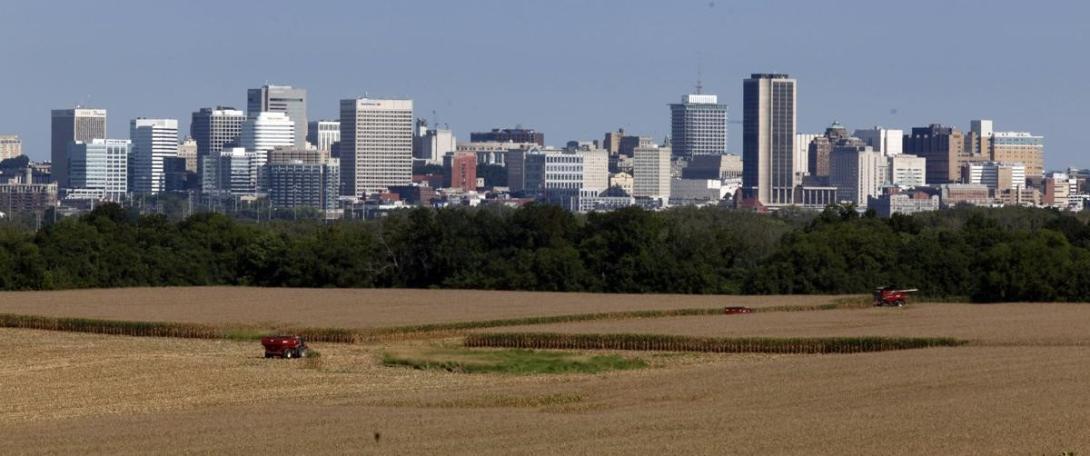What is considered a rural area?
Until relatively recently in history, it was easy to determine whether a place was urban or rural. Walking was the main way to get around, so a strong incentive existed for urban areas to remain compact. But with transportation improvements, particularly highway construction since 1945, the boundaries between urban and rural areas have grown increasingly blurry. Knowing these boundaries, however, is important. With the decline in agricultural and manufacturing employment, the socioeconomic differences between much of rural and urban Virginia has increased.

Currently, there are at least 15 different federal definitions of what is considered rural. By far, the two most commonly used definitions are from the Census Bureau and the Office of Management and Budget. The Census Bureau defines rural as any place that is located outside a dense urban area (which is as an area with a population greater than 2,500). This is a more traditional definition of a rural area in that it focuses on population density. The Office of Management and Budget defines a county as non-metro (which is typically considered rural) if it does not have a Census Urban Area with a population over 50,000 or a large share of their workforce commuting into a nearby urban area. Including commuter counties as part of a metro area (which is typically considered urban) helps take account for the blurring of rural-urban boundaries that has occurred since World War Two.

Both definitions of rural area have noticeable weaknesses. The Census Bureau’s definition of rural areas is largely focused on population density, often classifying suburbs as rural, such as Clifton in Fairfax County, and sometimes classifying small towns, such as Clifton Forge in western Virginia, as urban. The Office of Management and Budget’s definition has the opposite problem. Because metro areas are created on the county level, remote areas, such as most of Shenandoah National Park, are often also included in metro areas.

Among the many different definitions of rural areas, the Rural-Urban Commuting Area Codes, produced by the Department of Agriculture, is the best compromise between Census Bureau and Metro Area definitions of a rural area. The Rural-Urban Commuting Area Codes account for density and commuting patterns, as Metro Areas do, but they are also available in smaller geographies than a county as is true with the Census definition of urban and rural areas. In Virginia, using the Rural-Urban Commuting Area Codes shows that parts of some metro areas are obviously rural, such as western Rappahannock County, but also that some areas that are considered rural, such as southern Russell County, have high levels of commuting into nearby urban areas.
Virginia Rural-Urban Commuting Area Codes
To view the legend click on double arrows in the top left of the screen.
Source: USDA Rural-Urban Commuting Area Codes, Blue has more urban commuting, Green has more commuting within rural areas.
The main drawback to the Rural-Urban Commuting Area Codes system is that it includes over a dozen different classification codes which can cause confusion (although the large number of codes also allows for more flexibility in defining rural and urban areas). The Rural-Urban Commuting Area Codes also relies heavily on commuting data which is not always a perfect indicator of whether a community is integrated into an urban area. In the many Virginia Census Tracts where residents must travel over an hour each way to work to an urban center, there are also many residents who do not commute to the urban center and are, therefore, less likely to interact with the urban area due to the distance they would need to travel.
Reviewing the specific details for the different methods used to determine rural-urban status may seem overly technical and even tedious, but being able to accurately identify rural areas is important. For example, if you used the Census Bureau’s definition, rural Virginia has 2 million residents and a poverty rate of 11.5 percent, essentially the same as the state overall, but if you used the Office of Management and Budget’s non-metro counties definition instead, rural Virginia has 1 million residents and a poverty rate of 17 percent. Given the amount of attention that the rural-urban divide receives in Virginia and nationally, knowing where the dividing line lies is fundamental.


